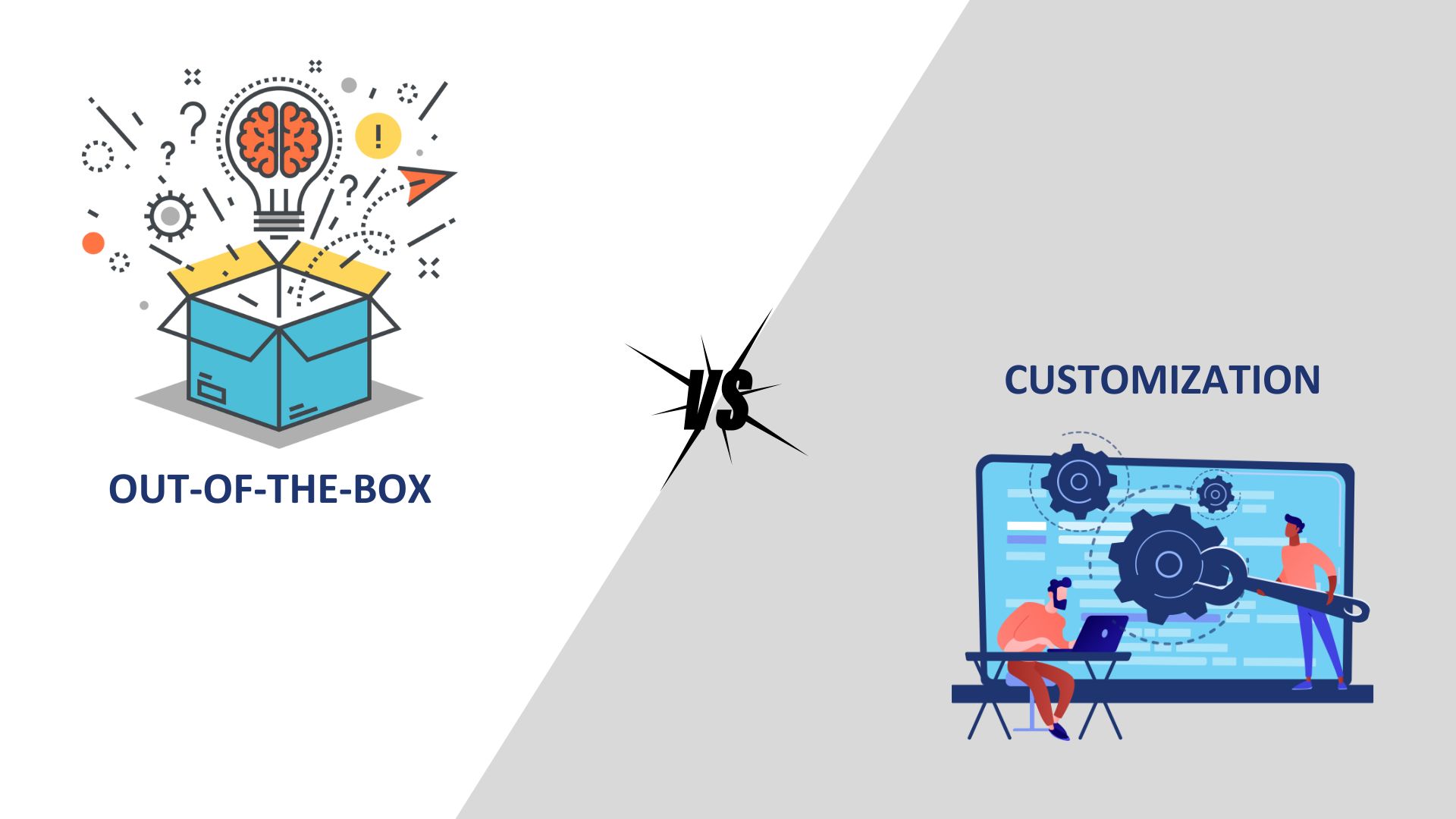4 Top Benefits: Best HIMS Customization vs. Out-of-the-Box Solutions
Introduction: Best HIMS for Your Hospital
In the realm of Hospital Management, selecting the best Hospital Information Management System (HIMS) is pivotal. It’s akin to choosing the perfect tool to organize and streamline hospital operations. But how do you navigate the decision between tailor-made solutions and ready-made options? Let’s delve into the intricacies.
Understanding Customization: Best Hospital Management System
Customization involves tailoring a HIMS to precisely fit your hospital’s unique requirements. It’s akin to having a bespoke suit crafted – perfectly tailored to your measurements. With customization, you have the flexibility to fine tune features, integrate new functionalities, and align the system with your hospital’s workflow seamlessly.
Benefits of Customization: Best Hospital Information System
- Precision Fit: A customized Hospital Information Management System is tailored to your specifications, seamlessly aligning with your hospital’s precise needs.
- Scalability: As your hospital expands or evolves, a tailored system may evolve to meet new needs and difficulties.
- Efficiency Boost: Customizing the system streamlines operations, simplifying tasks and accelerating processes for your staff.
- Competitive Edge: Tailoring your HIMS can optimize processes and enhance patient care, giving your hospital a competitive advantage.
Challenges of Customization: Best HIMS
- Time-consuming: Developing a custom HIMS requires time and resources.
- Costly: Customization can incur significant expenses, especially for complex features or extensive modifications.
- Maintenance: Ongoing maintenance and updates may require additional investment and technical expertise.
Understanding Out-of-the-Box Solutions: Best HIMS
Out-of-the-box solutions are pre-built HIMS packages that offer immediate usability. It’s akin to purchasing a ready-to-wear outfit – simple and quick, though it may not offer a perfect fit.
Benefits of Out-of-the-Box Solutions: Best Hospital Management System
- Ready to use: Out-of-the-box solutions require minimal setup and configuration.
- Cost-effective: Ready-made solutions are often more affordable, with lower initial costs.
- Quick Implementation: Pre-built solutions allow for swift implementation, saving time and effort.
- Vendor Support: Many out-of-the-box solutions come with vendor support, aiding with setup, troubleshooting, and updates.
Challenges of Out-of-the-Box Solutions: Best Hospital Information System
- Limited Customization: Pre-built solutions may not precisely meet your hospital’s specific requirements.
- Less Flexibility: Ready-made solutions may lack flexibility, making it challenging to adapt to changes.
- Potential for Overkill: Some out-of-the-box solutions may include unnecessary functionality, adding complexity.
- Dependency on Vendor: Relying on vendor support means your hospital’s operations are dependent on their services.
Choosing the Best Option: Best HIMS
When deciding between customization and out-of-the-box solutions, assess your hospital’s needs, budget, timeline, and long-term goals.
- Customization: Ideal for precise alignment with specific operations, provided you have resources for development and maintenance.
- Out-of-the-box Solutions: Suitable for rapid adoption, cost-effectiveness, and low hassle, even with limited customization.
Choosing a Reputable HIS Partner: Best Hospital Information Management System
Select a reputable HIS partner with industry experience and a strong customer base. Align with a provider who has addressed various scenarios and can offer valuable insights.
However, if time, budget, and skilled workforce are limited, opt for a best-of-breed out-of-the-box solution that can be customized in the long run.
In addition to weighing customization and out-of-the-box solutions, hospitals must consider factors like data security, interoperability, and regulatory compliance when choosing the best HIMS. Gathering feedback from stakeholders, including healthcare professionals and IT staff, is vital. Ongoing staff training and support are crucial for successful implementation. By evaluating these aspects, hospitals can make informed decisions that optimize efficiency, improve patient care, and enhance operational effectiveness, ensuring they have the best HIMS solution tailored to their unique needs.
Furthermore, it’s essential for hospitals to assess the scalability and future-proofing capabilities of their chosen HIMS. As technology evolves and healthcare requirements change, the HIMS should be able to adapt and grow alongside the hospital’s needs. This may involve considering cloud-based solutions or platforms that offer modular expansion options.
Additionally, the integration capabilities of the HIMS with other healthcare systems and external data sources are critical for ensuring seamless workflows and comprehensive patient care. Robust integration capabilities enable the exchange of patient information securely and efficiently, facilitating collaboration among healthcare providers and improving care coordination.
Moreover, ongoing evaluation and optimization of the HIMS are necessary to ensure it continues to meet the evolving needs of the hospital and its stakeholders. Regular assessments of system performance, user satisfaction, and alignment with organizational goals can help identify areas for improvement and drive continuous enhancements.
By prioritizing these factors and engaging in thorough research and consultation, hospitals can select and implement the best HIMS solution that maximizes efficiency, supports innovation, and delivers high-quality patient care.
Conclusion:
The optimal HIMS for your hospital balances customization with ease of use, effectively meeting your demands while remaining sustainable in the long run.
For More Information,
Write to us at : sales@aostasoftware.com

